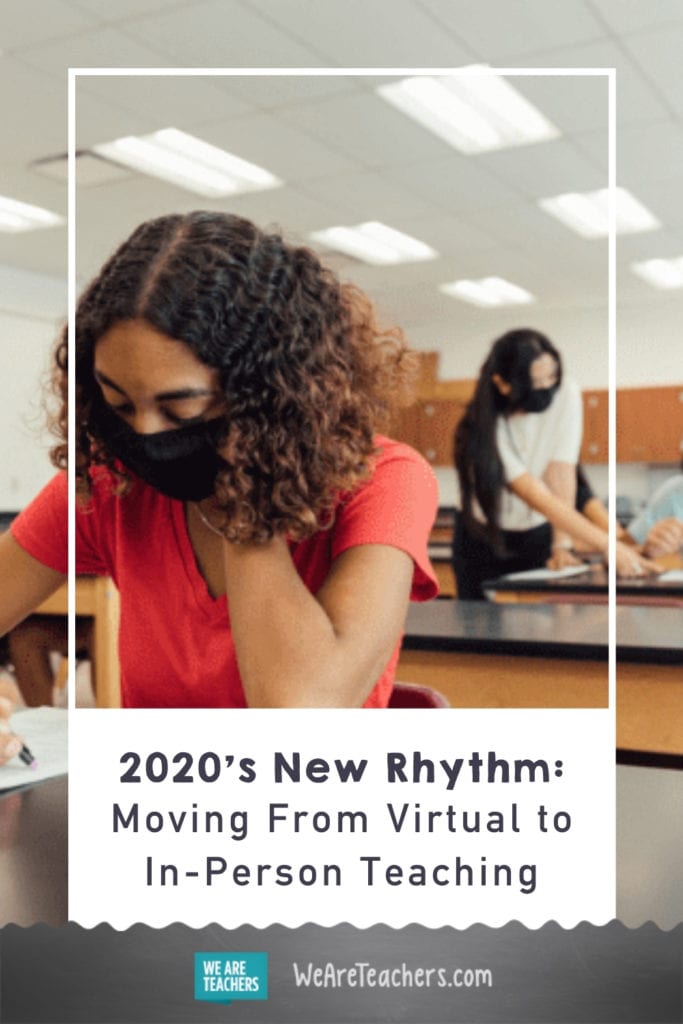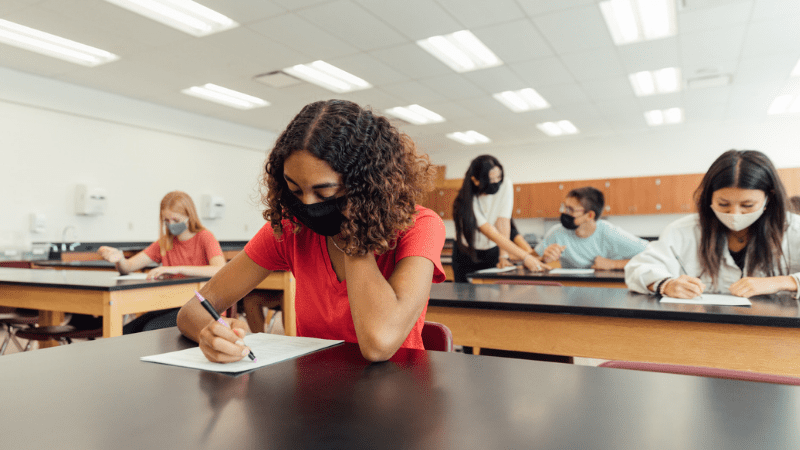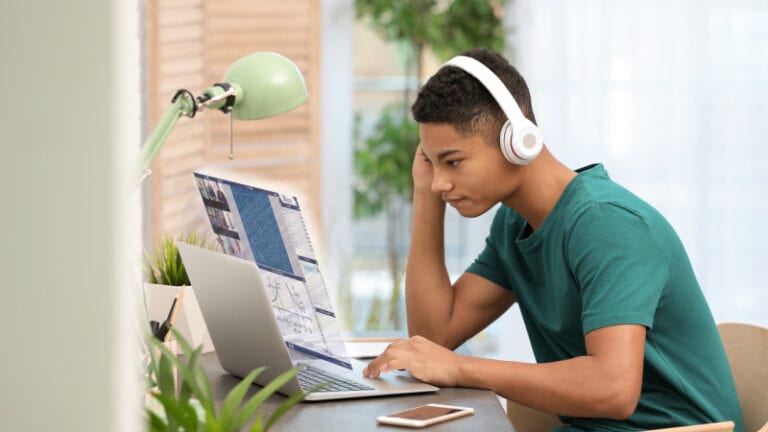It’s been six months since COVID-19 blasted into our lives like a tsunami and disrupted just about every aspect of our everyday lives. Schools shut down, learning shifted online, and everyone—teachers, students, and families—tackled a huge learning curve to keep kids learning. Now, many schools are returning to in-person learning.
But we’re not really out of the woods yet, not until there is a vaccine or a cure. The possibility of going back and forth between virtual and in-person school remains highly likely. Bottom line: this school year could be messy, it might be scary, and it’s probably going to be hard (kind of becoming a recurring theme, isn’t it?). To help out, here are a few tips to make the transition from virtual and in-person teaching easier.
Maintain the same rhythm
Most kids have at least a month of school under their belt. And during this time, routines have been set and kids have gotten used to the flow of things. Once kids are back to in-person learning, try to stick to the same schedule. For instance, if your day looked like this: circle time, math block, lunch, literacy block, specials, try to keep it that way. Kids need stability and sticking to your routine will go a long way in making their transition easier.
Focus on building community
A huge part of a child’s development is social interaction, and most kids are beyond thrilled to be back with their peers. Celebrate being back together with lots of fun team building activities and get-to-know-you games. Save room in your schedule for your students to socialize (safely) and bond with one another.
[contextly_auto_sidebar]
Build in lots of breaks
It’s going to be tempting to hit the academics hard now that we’re all together. But even though we’ve been “in school” for a while, your students need time to adjust to being back in person. Think of it as back-to-school 2.0. Build in frequent breaks and unstructured creative time. Take your kids outside for a breath of fresh air as often as possible.
Empower your students
Staying healthy at school involves following a whole list of safety protocols, from hand washing, proper distancing, wearing masks, etc. You’re going to need help monitoring this aspect of returning to in-person learning. Empower your students to be part of the process. Establishing classroom norms and procedures together will help students buy into the new climate. Have students rotate through jobs that help keep the classroom safe, like making sure the hand washing station is clean and stocked, keeping track of mask breaks, and reminding each other about safe distances.
Engage students with active learning
Having the option to learn online was super helpful when there was no other choice. Now, though, we have a lot of great options beyond sitting in front of a computer. Nix passive learning by centering your classroom around active learning experiences. Set up stations (here’s a great article about how to do that while maintaining social distancing), conduct experiments (another great read), do readers’ theater (simple to spread out and do). Give students the opportunity to collaborate and actively participate (while maintaining social distance, of course!) in the learning process.
Continue to cultivate independence
One thing that virtual learning has taught us is that being able to work independently is an incredibly important skill. And most of our students have done an amazing job and grown as learners. Now that we’re back to in-person learning, we want our students to hold on to that feeling of being in charge of their own learning. Maintain a balance between shared and independent learning by building solo work into your daily lesson plans.
Keep technology integrated into learning
Once again, if things shift and schools have to go back to virtual learning, you want kids to be able to proceed with learning in a constructive way. Integrate technology, on a more limited basis than virtual, into your daily routine so that kids will be able to shift seamlessly to online learning if necessary.
Ask for what you need
Sometimes it feels like all of the responsibility for successfully navigating this new paradigm falls entirely on teachers’ shoulders. But that should not be. It’s really important to ask for what you need from the other players. If you need special supplies, tech help or more support from admin, speak up. We truly are all in this together and the only way are students are going to get what they need is if we all work together.
Celebrate being back, but be prepared
One thing we’ve learned about COVID-19 is that it’s capricious; it surges and then subsides. School districts have made it clear that things could shift back and forth from in-person to virtual learning at any time. For that reason, it may be wise to not move back in completely. Some school districts are advising students to carry their materials back and forth each day, just in case school needs to shut down overnight. For health reasons, kids should be using their own individual supplies anyway, don’t let things get too intermingled.
Most importantly, have grace
Go easy on yourself. Go easy on your students and their families. We’ve all been bombarded with new systems, new challenges and new ways of thinking. The amount of effort educators and families have put in to keeping our kids learning has been monumental. And though it has been far from perfect, I think most people would agree we’re all doing the best we can. And isn’t that just about one of the most important life lessons our kids can learn?
Have you made the shift from virtual to in-person learning? What was it like? Come and share your experiences in our WeAreTeachers HELPLINE group on Facebook.
Plus, COVID numbers are rising, but schools are opening anyway.


